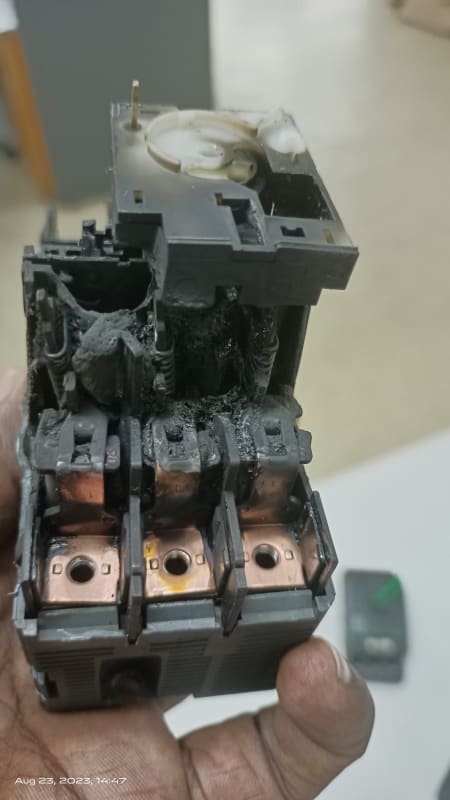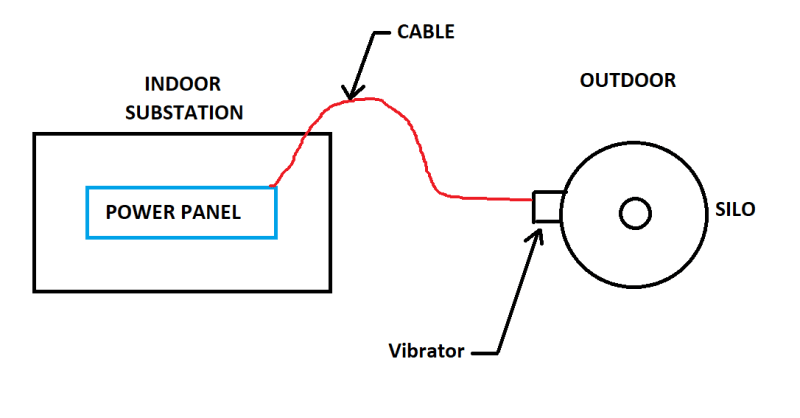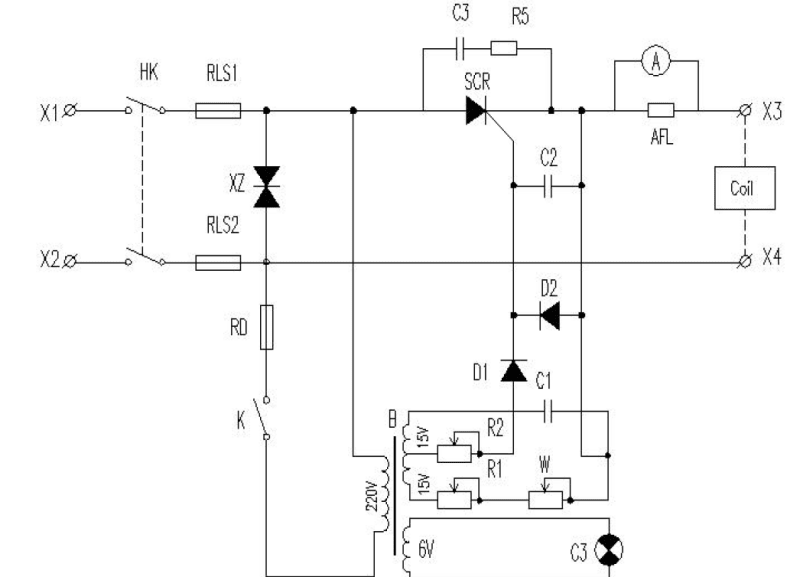Hi,
Today one of the Schneider make MPCB (GV2L04) rated for 0.63A burnt inside our panel. This circuit breaker was feeding to a 150W single phase (230V) motor.
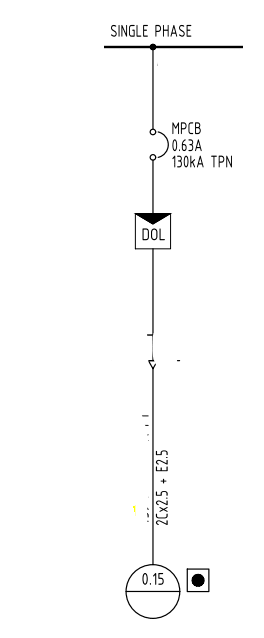
We have used Tesys T LTMR for DOL starter.
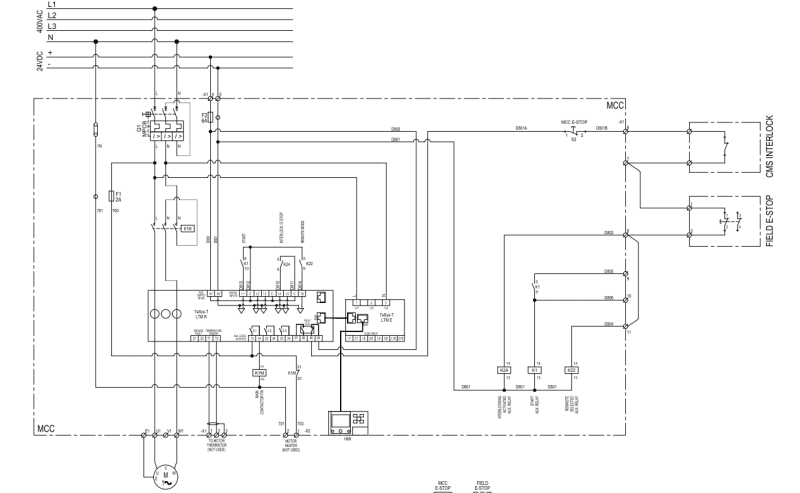
When the incident happened, it was raining heavily. We suspect that the water leaked into the motor which cause current surge in Breaker and burnt. But why was it not tripped? All I understand is that the current surge is more than what the above mentioned circuit breaker can handle. So overcurrent leads to heating the components and burnt. But Please advise if there is any other causes which might have caused the issue apart from faulty/defective MPCB.
We need to develop a root cause analysis. So need to give realistic technical reason. Thanks.
Today one of the Schneider make MPCB (GV2L04) rated for 0.63A burnt inside our panel. This circuit breaker was feeding to a 150W single phase (230V) motor.

We have used Tesys T LTMR for DOL starter.

When the incident happened, it was raining heavily. We suspect that the water leaked into the motor which cause current surge in Breaker and burnt. But why was it not tripped? All I understand is that the current surge is more than what the above mentioned circuit breaker can handle. So overcurrent leads to heating the components and burnt. But Please advise if there is any other causes which might have caused the issue apart from faulty/defective MPCB.
We need to develop a root cause analysis. So need to give realistic technical reason. Thanks.

